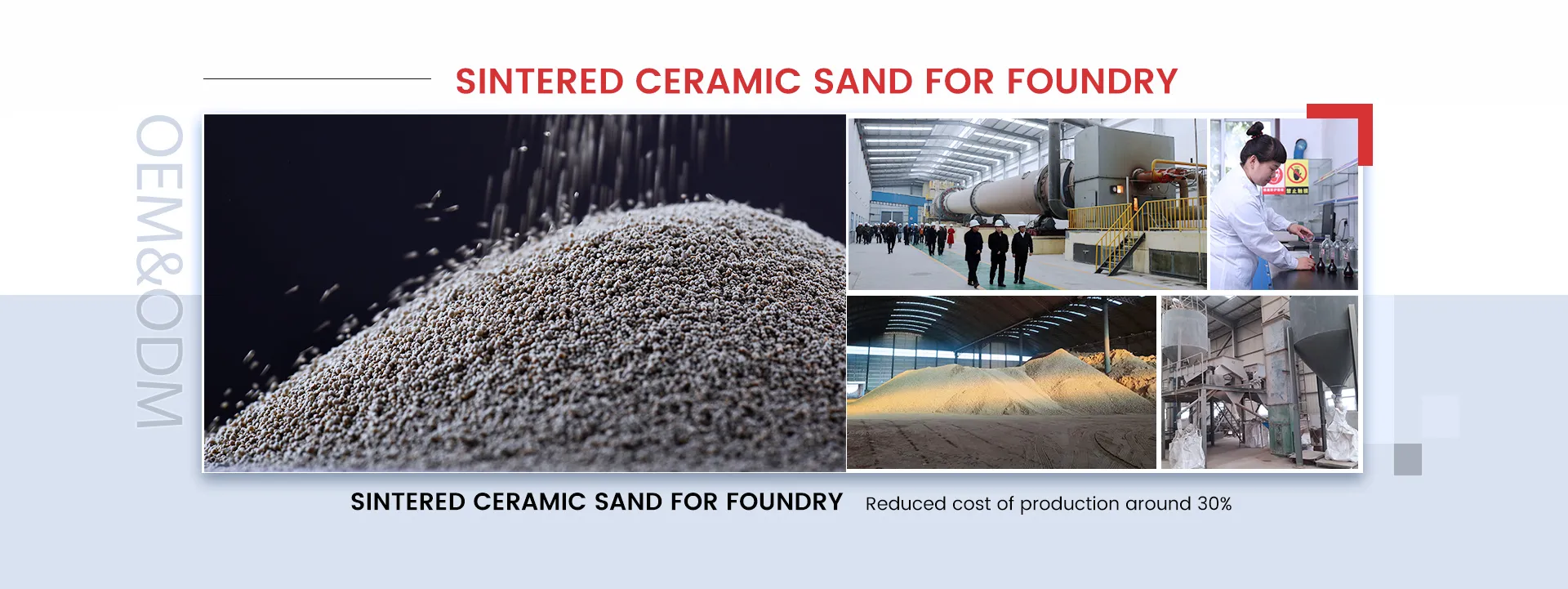The Evolution and Importance of Fine Casting Sand in Metalworking
Fine casting sand, known for its critical role in the casting process, has been a cornerstone of metalworking for centuries. This specialized material, primarily composed of silica, plays a vital role in the production of metal parts and components across various industries, including automotive, aerospace, and art. Understanding fine casting sand’s characteristics, applications, and its evolution offers valuable insights into its importance in contemporary manufacturing.
The Composition and Characteristics of Fine Casting Sand
Fine casting sand is predominantly made up of high purity silica, which is extracted from natural sources and processed to ensure superior casting quality. The grain size of this sand is small, typically ranging from 0.1 to 0.5 mm, allowing for the creation of intricate molds and detailed surfaces. The fine texture of this sand ensures that it can fill molds completely, reducing the possibility of air pockets and defects in the final castings.
One of the key properties of fine casting sand is its thermal stability. It can withstand the high temperatures associated with molten metal without breaking down or losing its structural integrity. This property is essential for producing high-quality castings that maintain their shape and dimensional accuracy. Additionally, fine casting sand exhibits good permeability, allowing gases generated during the pouring process to escape, thus minimizing the risk of defects in the final product.
Applications of Fine Casting Sand
The applications of fine casting sand stretch across multiple fields. In the automotive industry, it is used to manufacture engine blocks, cylinder heads, and other components that require excellent surface finish and dimensional precision. The aerospace sector, too, relies on fine casting sand for critical parts that must adhere to stringent safety and performance specifications.
In addition to these industries, fine casting sand is also used in artistic metal casting. Sculptors and artisans often utilize this material to create intricate designs and detailed artworks. By leveraging the unique properties of fine casting sand, artists can achieve complex shapes that might be impossible with other materials.
fine casting sand

The Evolution of Fine Casting Sand
The journey of fine casting sand from its inception to modern-day applications has been marked by innovations and advancements. Traditionally, foundries relied on naturally occurring sands, which varied greatly in quality and composition. Over time, the demand for higher precision and better surface finishes led to the development of synthetic sands. These synthetic options offer more uniform properties, tailored grain sizes, and enhanced performance characteristics.
Moreover, recent advancements in technology have introduced additives into fine casting sand formulations. These additives can enhance properties such as reusability, thermal stability, and moisture resistance, further improving the performance of casting processes. Environmentally friendly alternatives have also emerged, with various companies investing in green sand technologies that minimize waste and reduce the environmental impact of casting operations.
Challenges and Future Directions
Despite its numerous advantages, the use of fine casting sand does come with challenges. Managing the recycling of sand, minimizing dust exposure, and maintaining consistent quality are ongoing concerns for foundries. Furthermore, as industries strive for sustainability, the search for eco-friendly materials and processes in metal casting remains a pressing issue.
Looking ahead, advancements in materials science and engineering are likely to pave the way for the development of even more advanced fine casting sands. Innovations such as 3D printing technology and digital modeling are redefining the casting landscape, allowing for unprecedented precision and efficiency in the use of fine casting sand.
Conclusion
Fine casting sand stands as a testament to the intricate relationship between material science and metalworking. Its unique properties and versatility make it indispensable in a wide array of applications, from industrial manufacturing to artistic endeavors. As the industry continues to evolve, embracing new technologies and sustainable practices, fine casting sand will undoubtedly remain a critical element in the pursuit of excellence in metal casting. Understanding its past, present, and future enables stakeholders in the metals industry to harness its potential fully, ensuring the continued production of high-quality components that meet the demands of our ever-changing world.
Post time:ਦਸੰ. . 02, 2024 04:33
Next:sand casting iron
